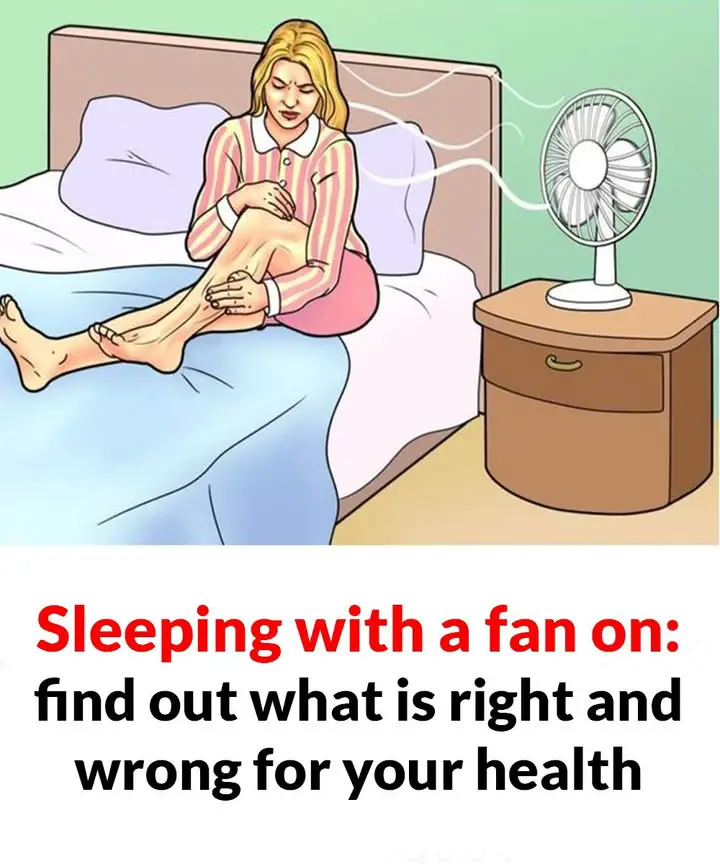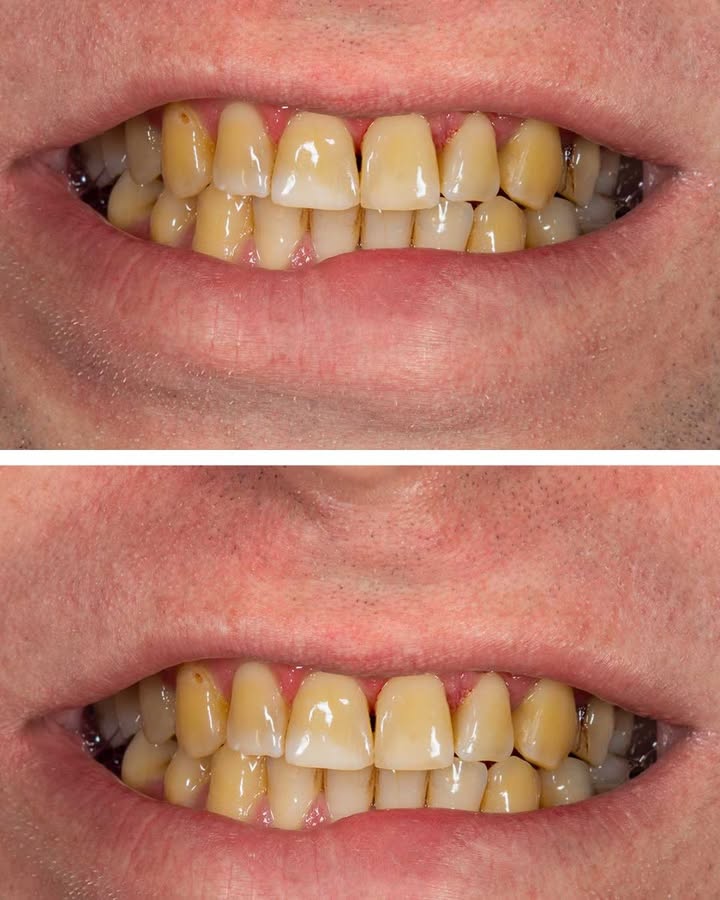Sleeping With A Fan On
Sleeping with a fan on is a common practice for many people, especially during hot summer months. However, it can have both positive and negative effects on your health. Understanding these factors can help you make an informed decision about your sleep environment.
Benefits of Sleeping with a Fan On
Using a fan while sleeping can provide several health benefits. First, the gentle white noise created by the fan can mask other disruptive sounds, promoting deeper sleep. This can be particularly helpful for light sleepers or those living in noisy environments.
Secondly, fans can help regulate room temperature, making it easier to fall asleep and stay asleep. A cooler room is generally more conducive to restful sleep. Moreover, proper ventilation reduces humidity levels, creating a more comfortable atmosphere.
Potential Drawbacks
While there are benefits, there are also potential downsides to consider. For some individuals, the airflow from a fan can lead to respiratory issues or exacerbate allergies. Dust and allergens can accumulate on fan blades, which may be released into the air, triggering asthma or allergy symptoms.
Additionally, for those sensitive to drafts, sleeping with a fan on can cause muscle tension or even chills. It is essential to angle the fan appropriately or adjust the speed to minimize these effects.
How to Sleep Better with a Fan
If you choose to sleep with a fan on, here are some tips to maximize benefits while minimizing potential downsides:
- Keep it Clean: Regularly dust and clean your fan to prevent allergens from circulating.
- Optimal Placement: Position the fan to circulate air without blowing directly onto you. This reduces the risk of drafts and muscle strain.
- Use a Timer: Consider using a timer to turn off the fan after a few hours. This way, you can enjoy the benefits without exposure throughout the night.
- Experiment with Speed: Find the optimal speed setting that provides the cooling effect you desire without being disruptive.
In conclusion, sleeping with a fan on has both advantages and disadvantages. By understanding your personal preferences and health considerations, you can create a sleep environment that promotes better overall health and restful nights.







